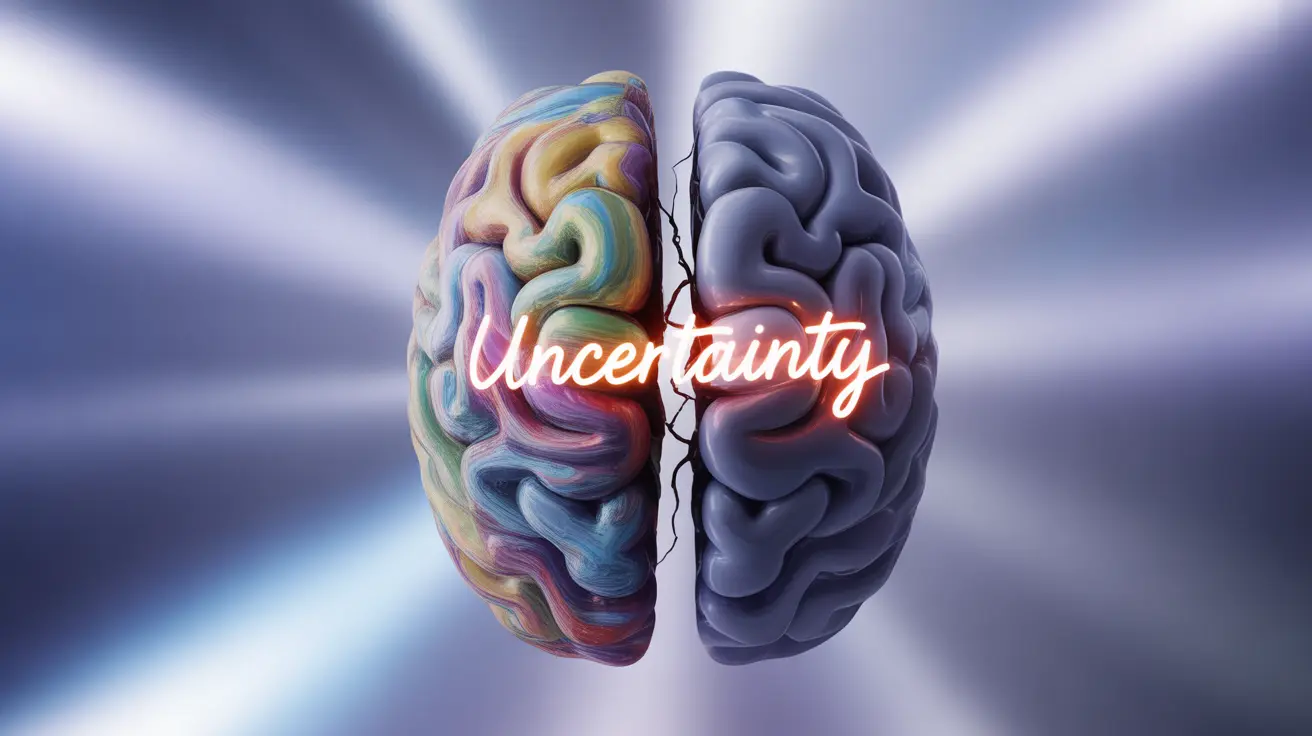Bipolar disorder is a complex mental health condition that can be challenging to diagnose accurately. Many individuals struggling with bipolar disorder initially receive incorrect diagnoses, leading to delayed proper treatment and potentially worse outcomes. Understanding why these misdiagnoses occur and how to identify them is crucial for both patients and healthcare providers.
This comprehensive guide explores the common reasons for bipolar disorder misdiagnosis, its impact on patient care, and steps to ensure accurate diagnosis and treatment.
Common Reasons for Bipolar Disorder Misdiagnosis
Several factors contribute to the frequent misdiagnosis of bipolar disorder:
- Overlapping symptoms with other mental health conditions
- Patients primarily seeking help during depressive episodes
- Incomplete medical history collection
- Failure to recognize hypomanic episodes
- Limited time during initial psychiatric evaluations
The Depression-First Presentation
Many individuals with bipolar disorder first seek treatment during depressive episodes, making it easy for healthcare providers to mistake the condition for major depressive disorder. Without a thorough investigation of past manic or hypomanic episodes, these patients may receive inappropriate treatment approaches.
Key Differences Between Bipolar Disorder and Major Depression
Understanding the distinctive features of bipolar disorder can help prevent misdiagnosis:
- Earlier age of onset compared to major depression
- More frequent episodes
- Family history of bipolar disorder
- Presence of manic or hypomanic episodes
- Different response to antidepressants
Impact of Misdiagnosis on Treatment
When bipolar disorder is misdiagnosed, patients often receive treatments that may be ineffective or potentially harmful:
- Inappropriate medication prescriptions
- Worsening of symptoms
- Increased risk of rapid cycling
- Delayed access to proper mood stabilizers
- Higher healthcare costs
Steps Toward Accurate Diagnosis
Obtaining an accurate bipolar disorder diagnosis requires a comprehensive approach:
Medical History Review
A thorough examination of personal and family medical history is essential, including:
- Detailed symptom timeline
- Family history of mental health conditions
- Previous treatments and their outcomes
- Pattern of mood episodes
Professional Assessment
Working with qualified mental health professionals who can:
- Conduct comprehensive psychiatric evaluations
- Use standardized diagnostic tools
- Monitor symptoms over time
- Consider multiple diagnostic possibilities
Frequently Asked Questions
Why is bipolar disorder often misdiagnosed as major depressive disorder or other conditions?
Bipolar disorder is frequently misdiagnosed because patients typically seek help during depressive episodes and may not recognize or report manic symptoms. Additionally, symptoms can overlap with other mental health conditions, making accurate diagnosis challenging without a complete history.
What are the common signs that suggest bipolar disorder has been misdiagnosed?
Signs of misdiagnosis include poor response to antidepressants, increasingly frequent mood episodes, development of rapid cycling, and the presence of previously unreported manic or hypomanic symptoms.
How can misdiagnosis of bipolar disorder affect treatment and patient health outcomes?
Misdiagnosis can lead to inappropriate medication choices, delayed proper treatment, worsening symptoms, and increased risk of complications. It may also result in higher healthcare costs and prolonged suffering for patients.
What steps can be taken to get an accurate diagnosis of bipolar disorder?
To obtain an accurate diagnosis, seek evaluation from a qualified mental health professional, provide a detailed medical and family history, track mood patterns, and maintain open communication about all symptoms experienced.
How do bipolar disorder symptoms differ from those of major depression?
Bipolar disorder is distinguished from major depression by the presence of manic or hypomanic episodes, earlier age of onset, more frequent episodes, and different response to antidepressants. Family history and pattern of symptoms also play crucial roles in differentiation.




